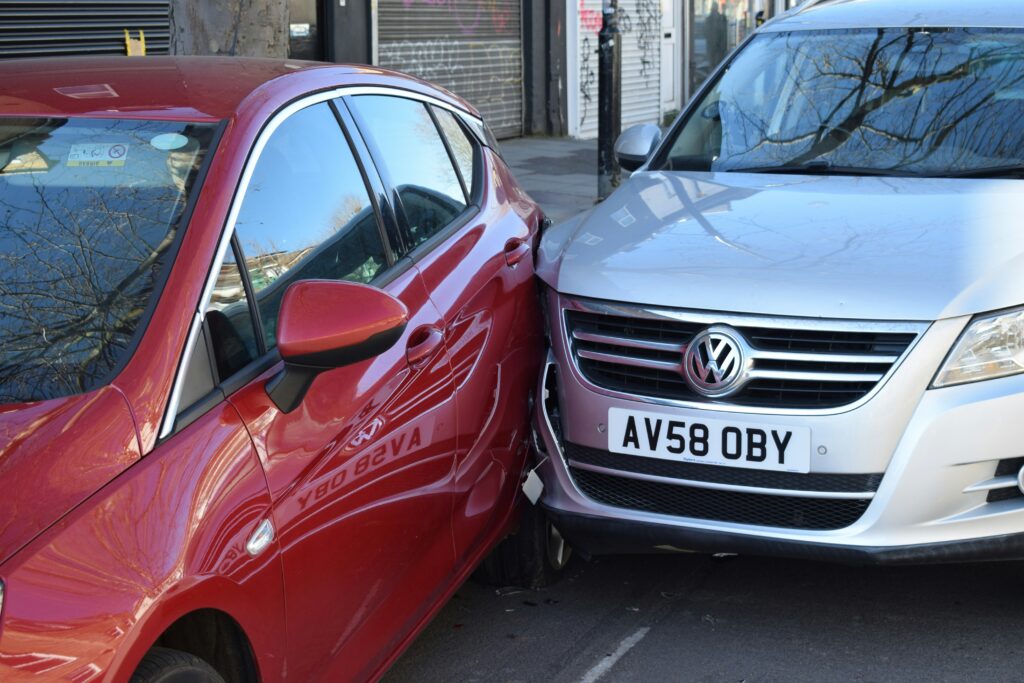After a car accident, securing fair compensation is a priority for victims dealing with medical bills, lost wages, and other expenses. However, understanding your insurance policy limits is crucial in determining the maximum amount of compensation you can receive. This article explores how policy limits work and offers strategies for maximizing your compensation after a car accident.
1. What Are Insurance Policy Limits?
Insurance policy limits refer to the maximum amount an insurance company will pay out for a claim under a particular coverage. In Texas, drivers are required to carry liability insurance, which includes two main types of policy limits:
- Bodily Injury Liability (BIL): Covers medical expenses, lost wages, and other damages for individuals injured in an accident where you are at fault. Texas requires a minimum of $30,000 per person and $60,000 per accident.
- Property Damage Liability (PDL): Covers damages to another person’s property, such as their vehicle, with a minimum requirement of $25,000 in Texas.
These limits are the maximum amounts your insurance will pay to cover the damages, regardless of the actual costs incurred.
2. How Policy Limits Affect Your Compensation
If you are injured in a car accident caused by another driver, their insurance policy limits will determine the maximum amount you can recover from their insurance company. For example, if your medical expenses total $50,000 but the at-fault driver’s BIL limit is $30,000, you may only be able to recover $30,000 from their insurance.
3. Steps to Maximize Your Compensation
Understanding your policy limits and those of the at-fault driver is just the first step. Here are some strategies to help maximize your compensation:
- 1. Gather Comprehensive Evidence: Document the accident scene thoroughly with photos, witness statements, and police reports. Detailed evidence strengthens your claim and may help in negotiations with the insurance company.
- 2. Seek Medical Attention Immediately: Prompt medical attention not only ensures your health but also provides documented proof of your injuries, which is crucial for your claim.
- 3. Keep Detailed Records: Maintain records of all medical treatments, expenses, lost wages, and any other costs related to the accident. This documentation will support your claim for compensation.
- 4. Hire an Experienced Attorney: A personal injury attorney can negotiate with insurance companies on your behalf, helping you navigate policy limits and explore other avenues for compensation.
- 5. Consider Underinsured Motorist (UIM) Coverage: If the at-fault driver’s insurance policy limits are insufficient, your own UIM coverage can help bridge the gap and provide additional compensation.
4. What to Do When Insurance Isn’t Enough
In cases where the at-fault driver’s policy limits are insufficient to cover your damages, you may have other options:
- 1. Pursue Additional Compensation: If your damages exceed the at-fault driver’s policy limits, you may be able to file a personal injury lawsuit against them to recover the remaining amount.
- 2. Leverage Your Own Insurance: If you have underinsured motorist coverage, it can be used to cover the difference between your total damages and the at-fault driver’s policy limits.
- 3. Consider Other Liable Parties: If other parties contributed to the accident, such as a vehicle manufacturer in cases involving defects, you might be able to seek compensation from them as well.
5. The Role of Stacked Insurance Policies
In some cases, you may have multiple insurance policies that can be stacked to provide greater coverage. For example, if you have multiple vehicles insured under separate policies, you may be able to combine or “stack” the coverage limits to increase the total available compensation.
Conclusion
Understanding and navigating insurance policy limits is essential for maximizing your compensation after a car accident. By gathering strong evidence, keeping detailed records, and working with an experienced attorney, you can effectively pursue the compensation you deserve, even if initial policy limits seem insufficient.

